Physical Address
304 North Cardinal St.
Dorchester Center, MA 02124
Physical Address
304 North Cardinal St.
Dorchester Center, MA 02124
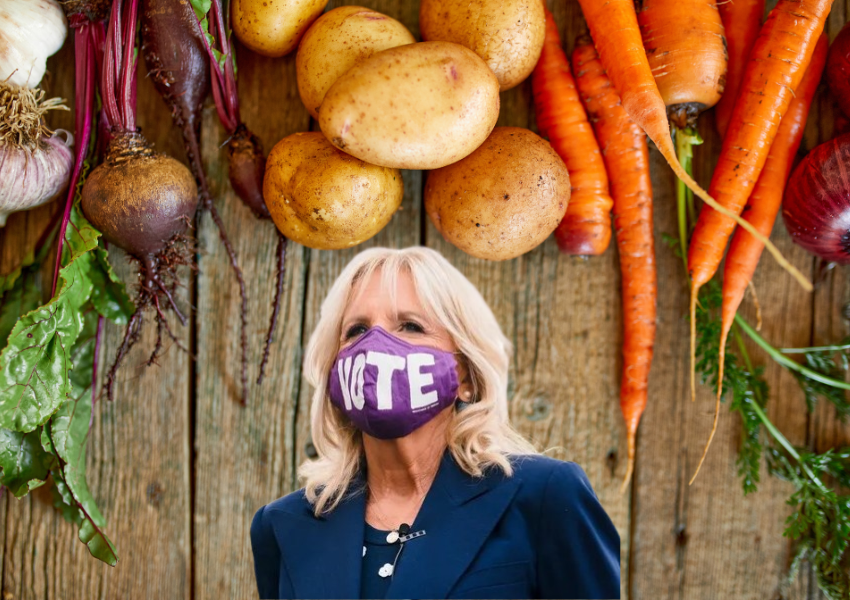
Relying on broken systems for food security? Take control by growing your own! Forget politicians—real power comes from self-sufficiency. Whether you have a garden, an allotment, or just a few pots, these ten easy-to-grow vegetables will give you fresh, nutritious food and independence. Let’s dig in!
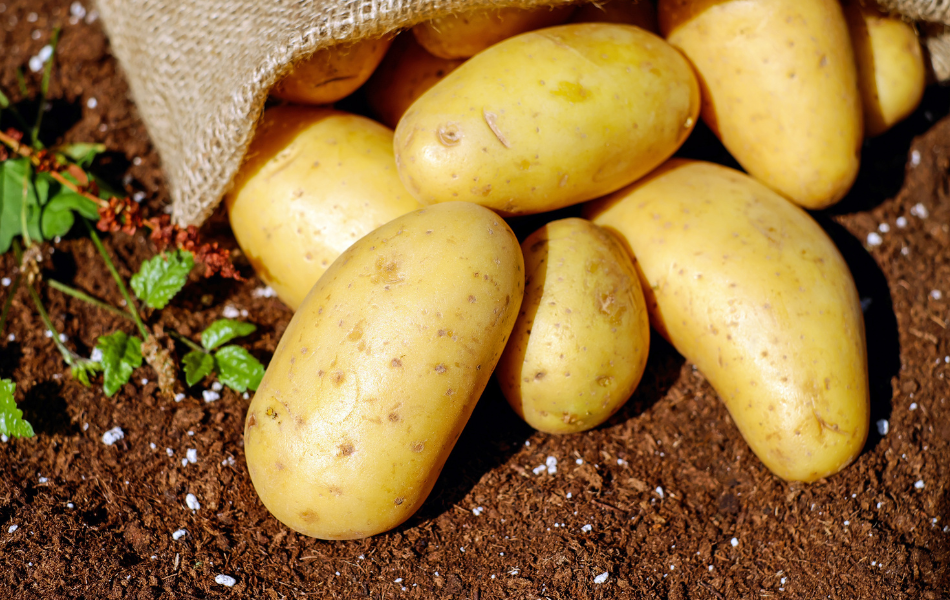
Potatoes are one of the easiest and most productive crops to grow. They thrive in most soils and provide a high-calorie yield, making them a staple for self-sufficiency. To grow, plant seed potatoes in trenches or deep containers, covering them with soil as they grow. Regularly earth them up (cover with more soil) to encourage bigger harvests. When the leaves start to die back, it’s time to dig them up. Store them in a cool, dark place, and they’ll last for months.
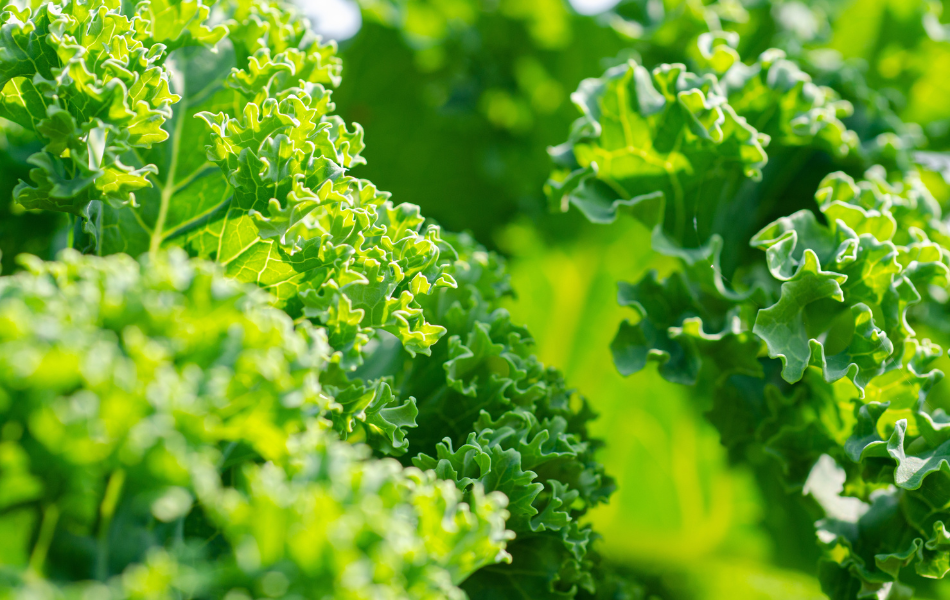
Kale is one of the most nutrient-dense vegetables you can grow. Packed with vitamins A, C, and K, as well as iron and antioxidants, it’s a powerhouse for strength and immunity. Unlike other greens, kale is incredibly hardy and can survive frost, meaning you’ll have fresh greens even in winter. Harvest the outer leaves first, and the plant will continue producing for months. The more you pick, the more it grows!
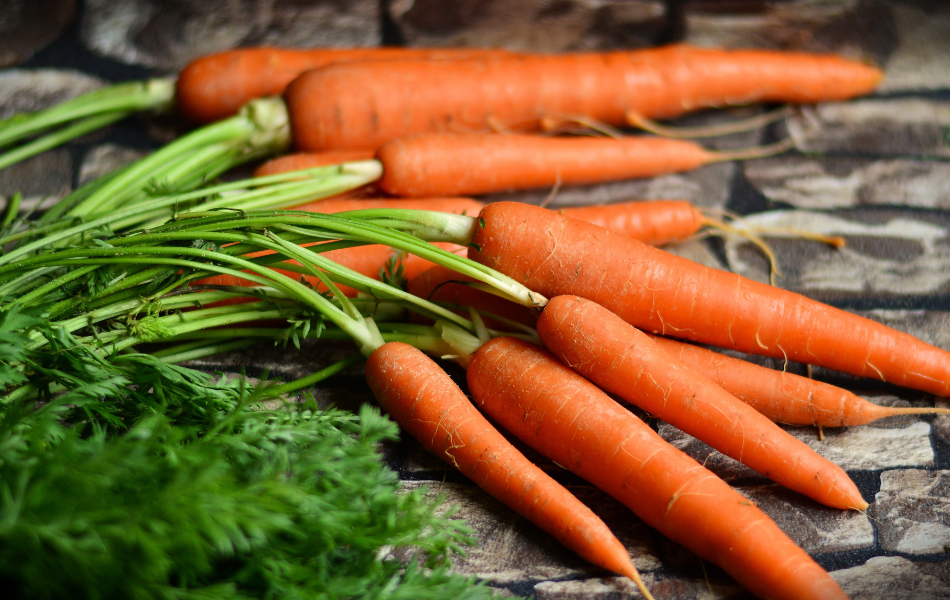
Carrots are rich in beta-carotene, which supports eye health and immunity. They grow best in loose, sandy soil with good drainage. If your soil is heavy or rocky, try growing them in deep containers. Thin out seedlings to prevent overcrowding and forked roots. Keep the soil evenly moist, and don’t let them dry out, or they’ll turn woody. For sweeter carrots, leave them in the ground until after the first frost—it enhances their natural sugars!
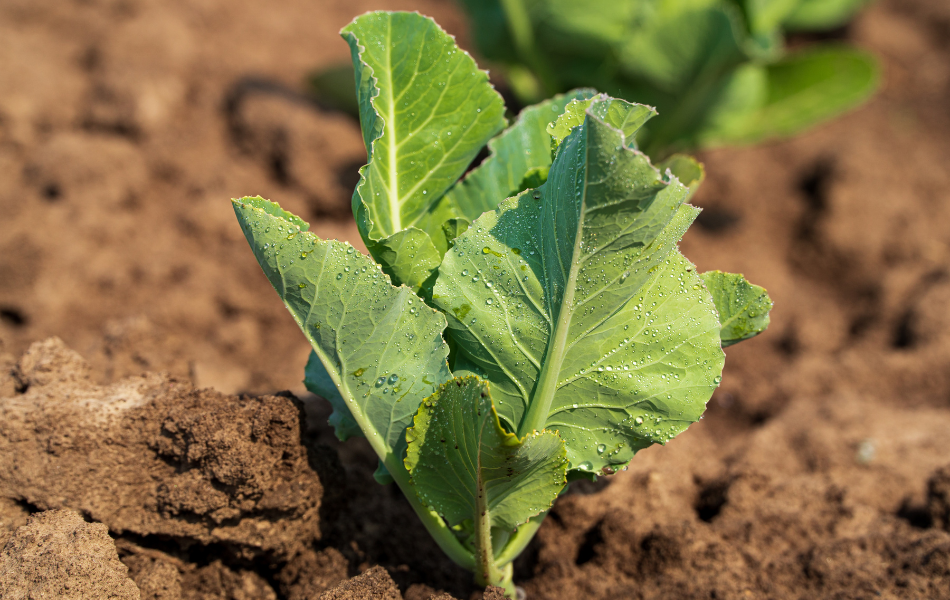
Cabbage is a cold-hardy crop perfect for year-round growing. It’s rich in vitamin C and fiber, making it great for digestion and immunity. Choose early, mid, or late-season varieties to have a continuous harvest. Cabbage needs firm, fertile soil and plenty of water to grow dense heads. Protect young plants from pests like cabbage white butterflies by using fine netting. Store harvested cabbages in a cool place, or ferment them into sauerkraut for long-term preservation.

Spring onions (also known as green onions or scallions) are quick to grow and don’t require much space. They add a fresh, mild onion flavor to salads, soups, and stir-fries. Sow seeds every few weeks for a continuous supply. They thrive in pots or directly in the ground. Unlike regular onions, you can harvest them at any stage—just snip the tops, and they’ll regrow!
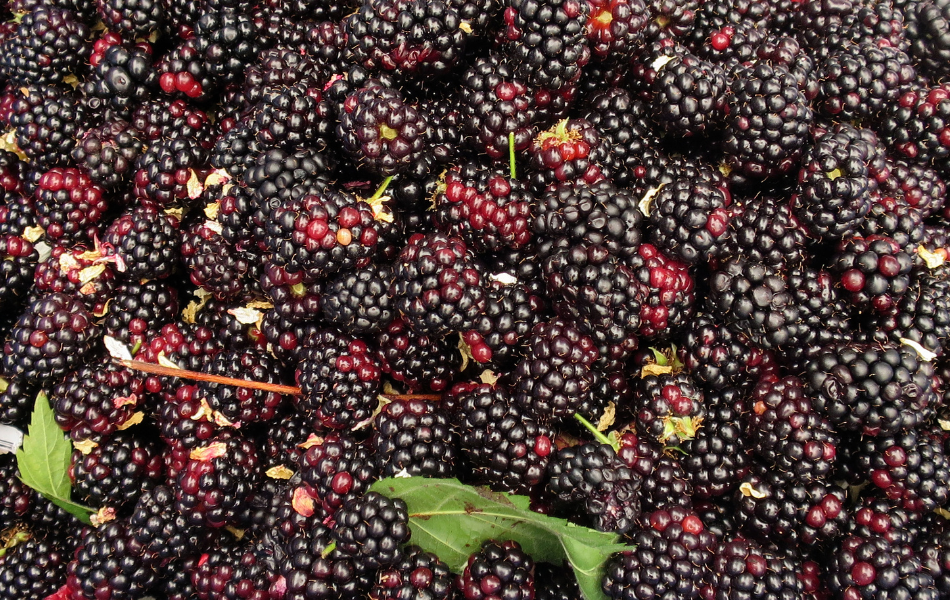
If you have space, plant blackberry bushes, and they’ll reward you with years of free food. Wild blackberries grow in hedgerows and produce abundant fruit in late summer. They are packed with antioxidants, vitamin C, and fiber. If growing at home, train them on a trellis to keep them manageable. Prune after fruiting to encourage new growth and prevent them from taking over your garden.
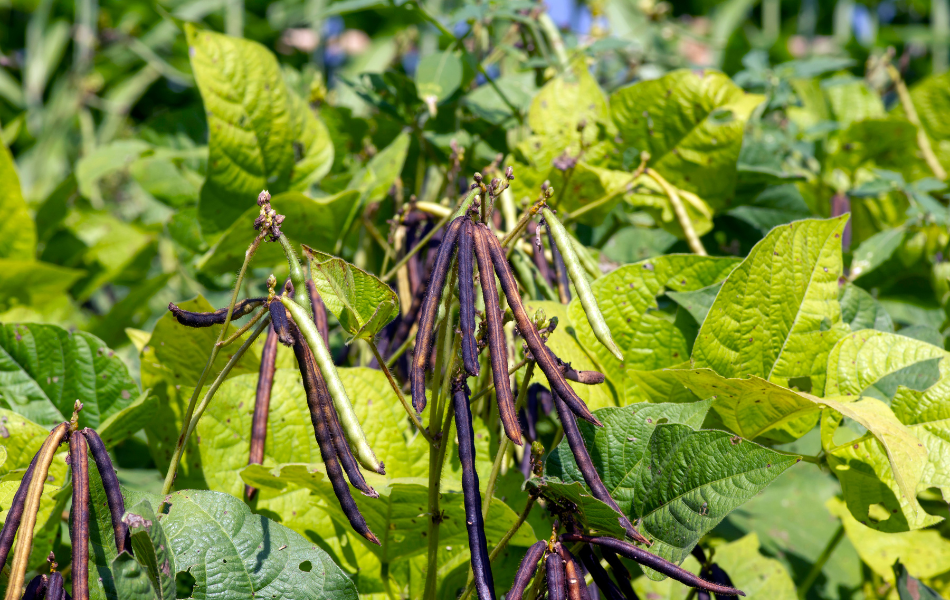
Runner beans are highly productive, making them one of the best crops for small spaces. They grow vertically, so they don’t take up much ground space. Sow seeds directly in the soil after the last frost, providing a sturdy trellis or support. Keep picking them regularly, and they’ll keep producing for months. The flowers also attract pollinators, boosting biodiversity in your garden.
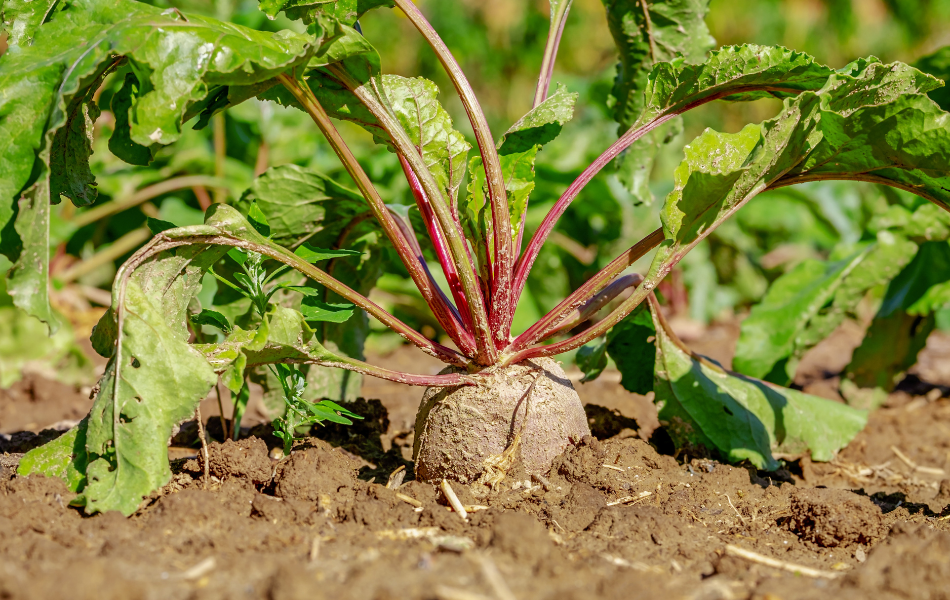
Beetroot is packed with iron, folate, and antioxidants that support heart health and stamina. It grows quickly and is one of the easiest root crops for beginners. Sow seeds directly in well-draining soil and thin out seedlings to allow roots to develop. You can harvest young beets for tender roots or let them mature for a stronger flavor. Don’t waste the leaves—they’re edible and taste great in salads or sautéed like spinach!
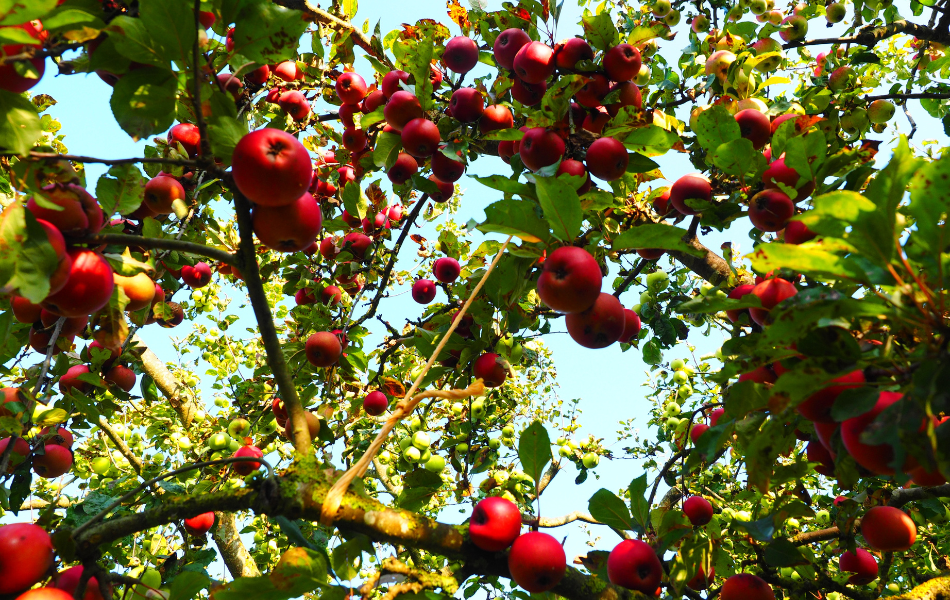
If you want a long-term food source, planting an apple tree is one of the best investments you can make. Choose heritage varieties suited to your climate for the best flavor and disease resistance. Even small gardens can accommodate dwarf apple trees in pots. Prune them annually to keep them healthy and productive. Fresh apples are great for eating, juicing, or storing for winter use.
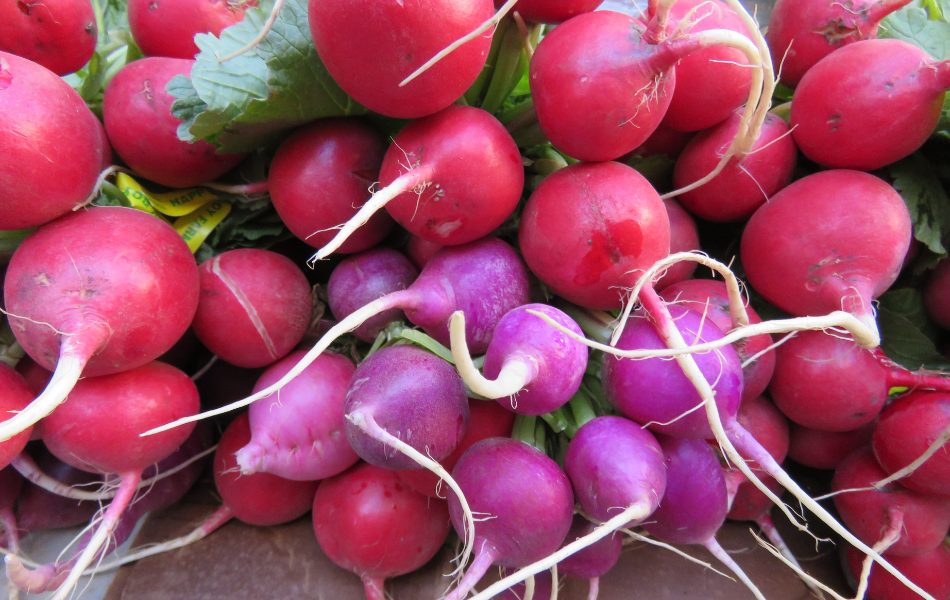
Radishes are one of the fastest-growing vegetables, ready to harvest in as little as 3-4 weeks. They thrive in small spaces, making them perfect for container gardening. Sow seeds little and often for a continuous supply. They add a peppery crunch to salads and can be pickled for longer storage. If left to flower, radish pods are also edible and have a spicy kick!
Growing your own food is one of the most empowering things you can do. It gives you fresh, chemical-free produce, saves money, and reduces reliance on fragile supply chains. Ready to start? Get your hands on this high-quality seed collection—a great way to grow multiple vegetables and take control of your food future. Check it out here.
Growing food is just one act of self-reliance. If you’re looking for more ways to resist, read 10 Small Acts of Rebellion That Weaken the System Every Day for practical steps to take back your power.
What’s your favorite vegetable to grow? Drop your thoughts in the comments below!